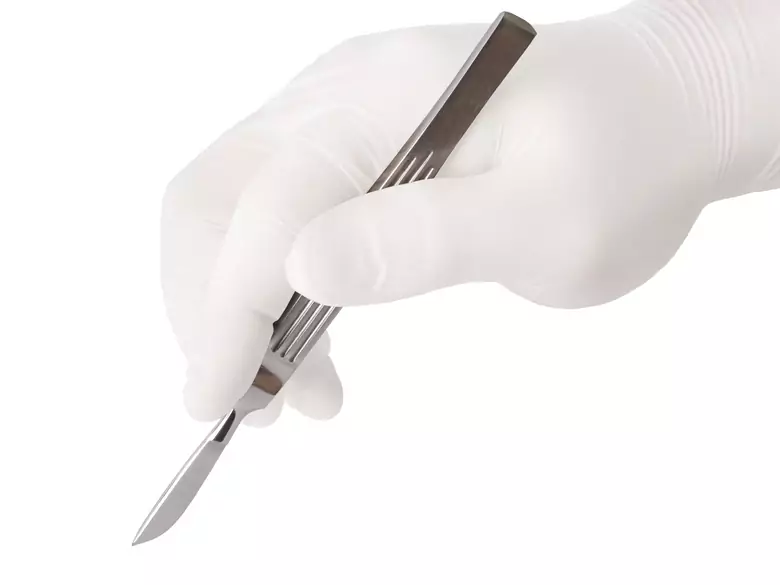Circumcision (Latin: circumcisio) is a surgical procedure to remove the foreskin. It is performed for cultural, religious (e.g. in Jewish society, boys are circumcised as early as the eighth day of life), and health reasons (treatment of a frenulum). American scientists have shown that a procedure to remove the foreskin before sexual activity can reduce the risk of prostate (steroid, prostate gland) cancer.
Dr Jonathan L. Wright of the Fred Hutchinson Canser Research Center in the United States, conducted an analysis with his team of the information of more than 3,000 men (with and without prostate cancer).
Important! The results showed that the incidence of prostate cancer in men who had a circumcision procedure before the onset of sexual life was 15 per cent lower than in uncircumcised men.
In contrast, scientists at the University of Quebec in Canada believe that undergoing circumcision after the age of 35 reduces the risk of prostate cancer by 45%.
Important! Scientists are not yet able to give a definitive answer as to why there are better results when the circumcision procedure is performed in adulthood than when it is performed in childhood.
Circumcision, viz
The circumcision procedure involves surgically removing the foreskin, then suturing the penile sheath together. The procedure is relatively simple and is carried out under either epidural or regional anaesthesia. Depending on whether the foreskin is removed in its entirety or partially - the duration of the procedure is 45 - 75 minutes.
- Close urological follow-up is required after the procedure.
- A sparing lifestyle is required for two weeks.
- The recommended period of sexual abstinence is 6 weeks.
Circumcision is divided into:
Total - the procedure involves cutting the excess skin from the penis, as well as part of the foreskin.
Important! Total circumcision leaves the glans uncovered at all times (both at rest and during erection).
Partial - only part of the foreskin is removed.
Important! In the resting state, the glans may be partially or fully covered.
The reason for performing circumcision is very often medical problems:
- treatment of a coitus,
- glans inflammation,
- treatment of a too long and loose foreskin,
- treatment of a short frenulum.
The above conditions are accompanied by urinary abnormalities (including burning, itching, pain).

photo: panthermedia
Important! In many cases, men opt for the procedure based on hygiene (there is an accumulation of, among other things, exfoliated epidermis, urine and sperm residues under the foreskin) - cleanliness is easier to maintain after circumcision.









